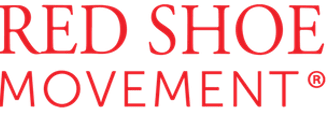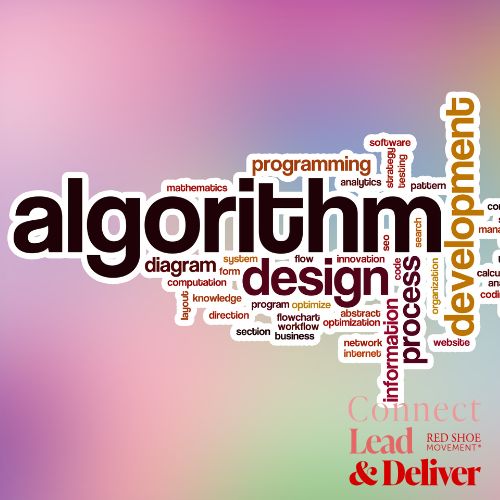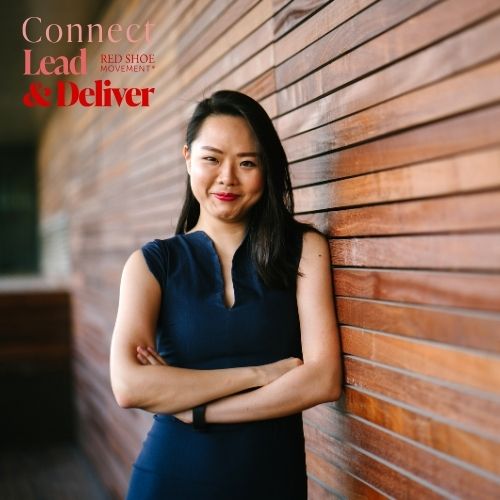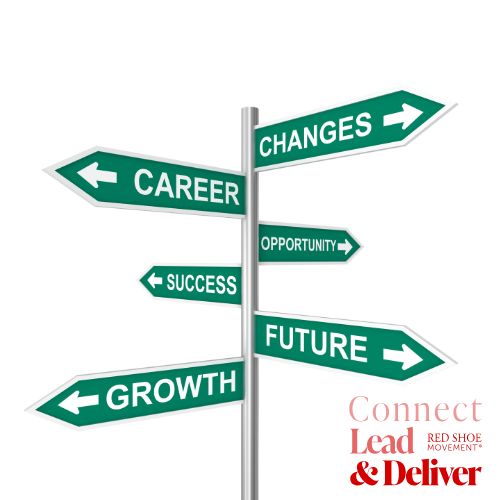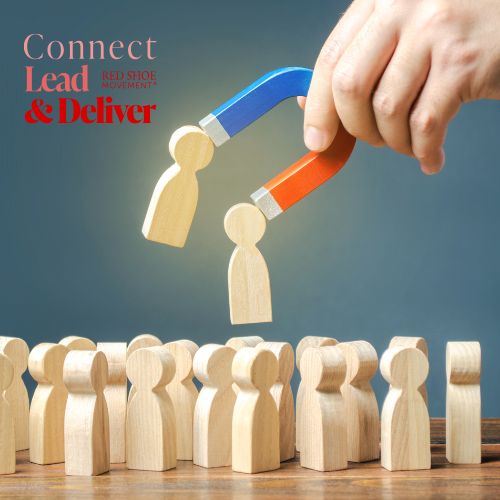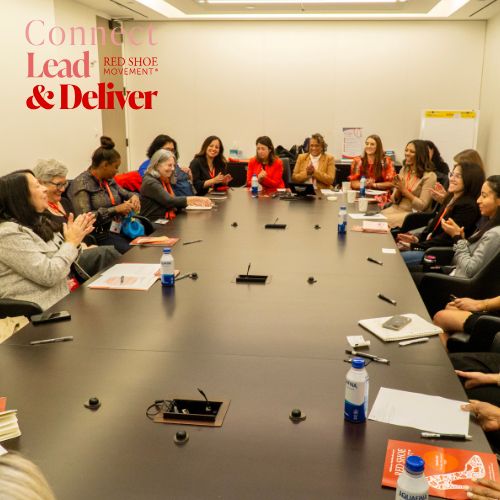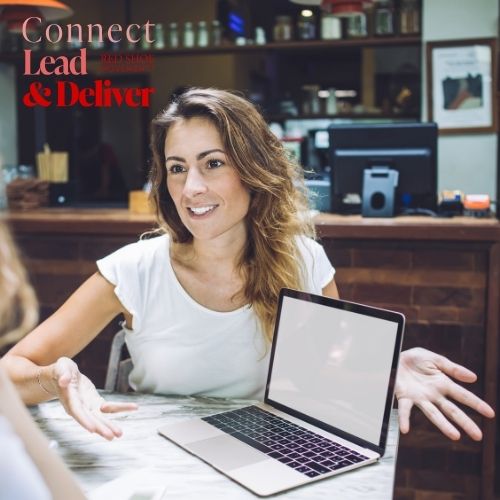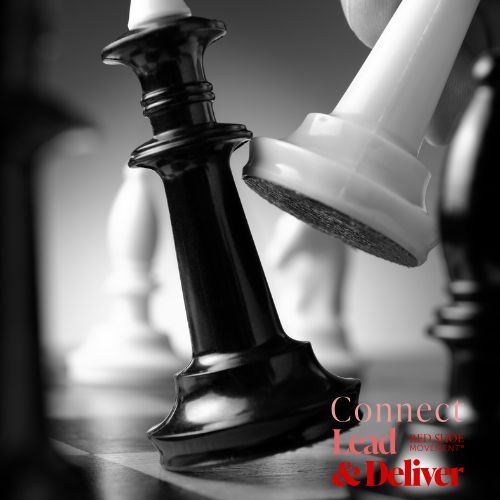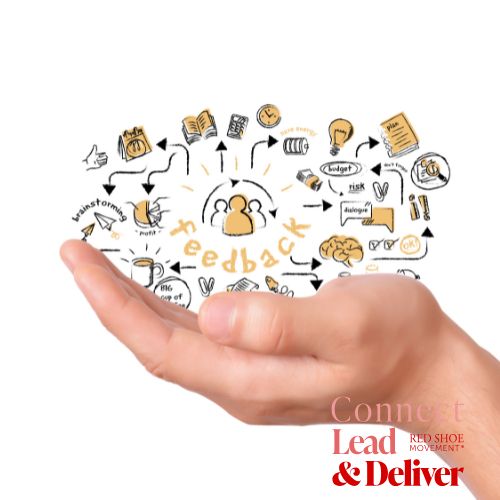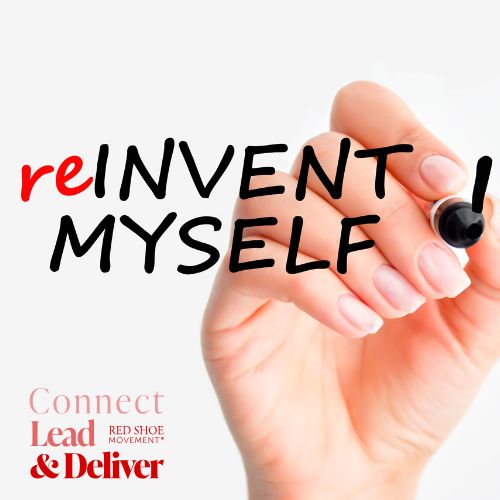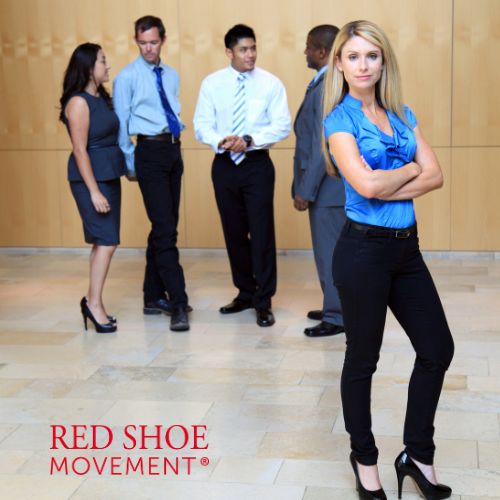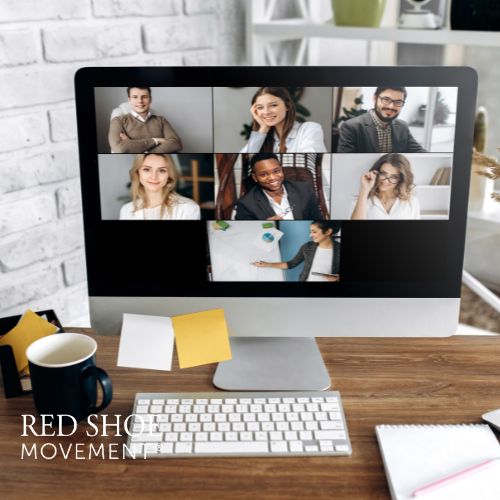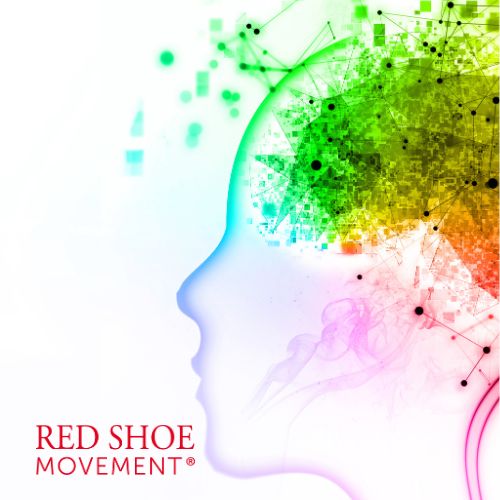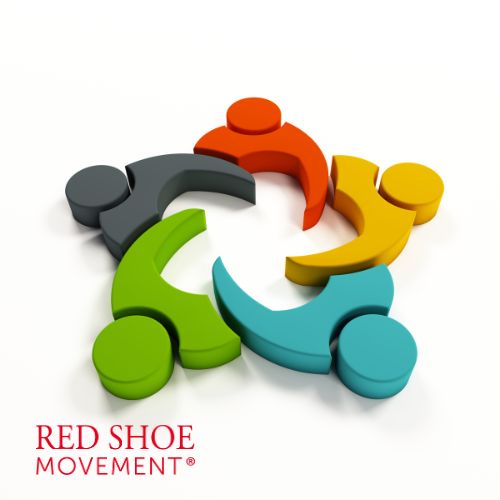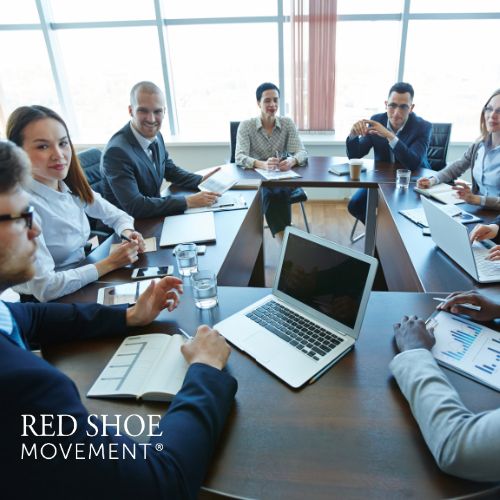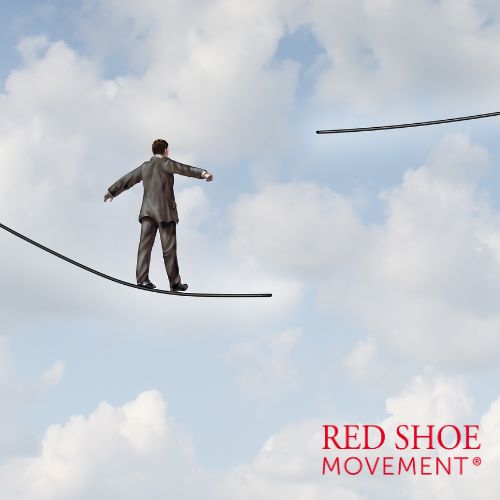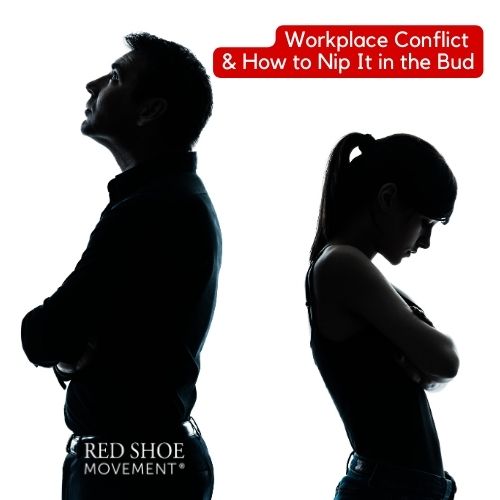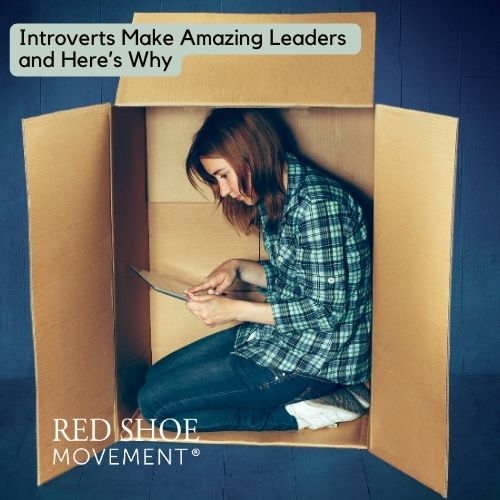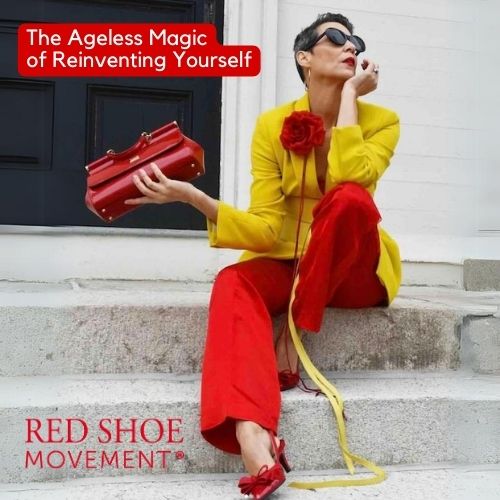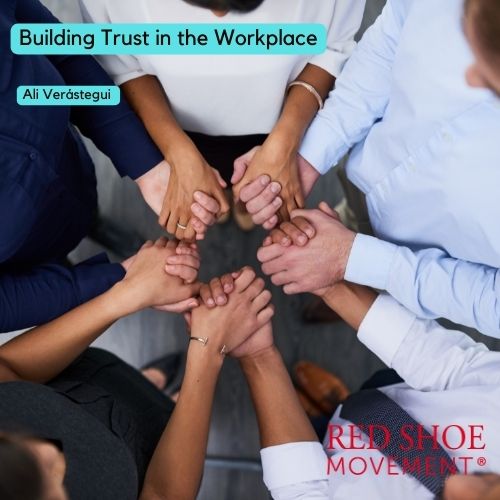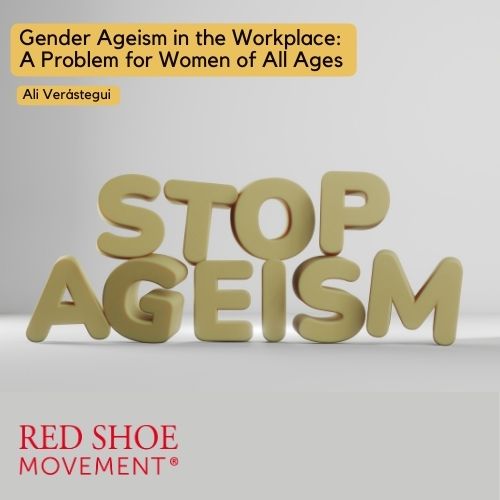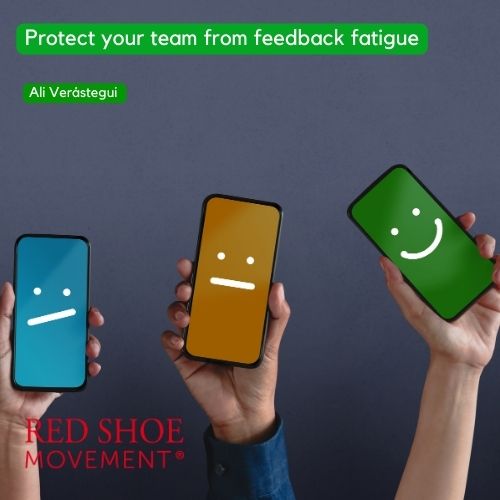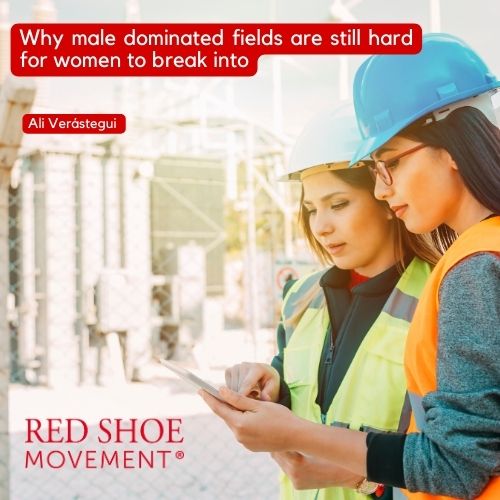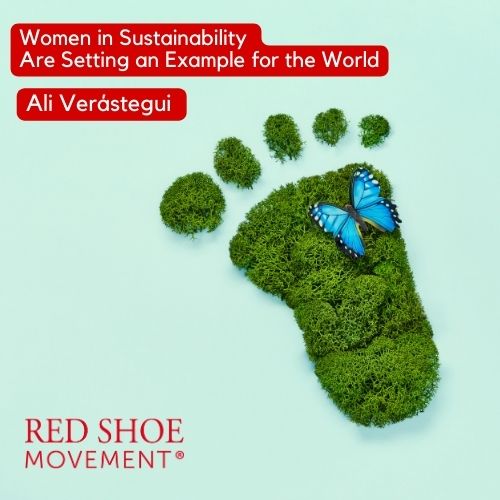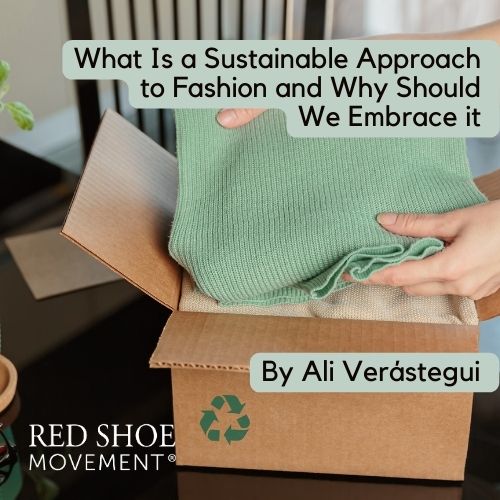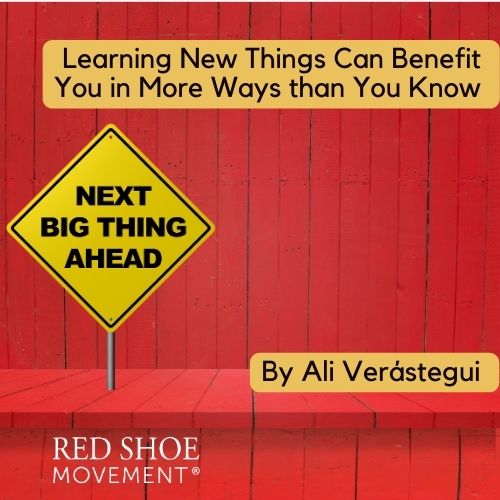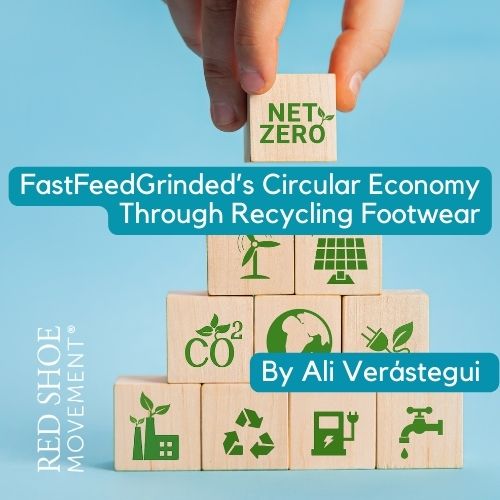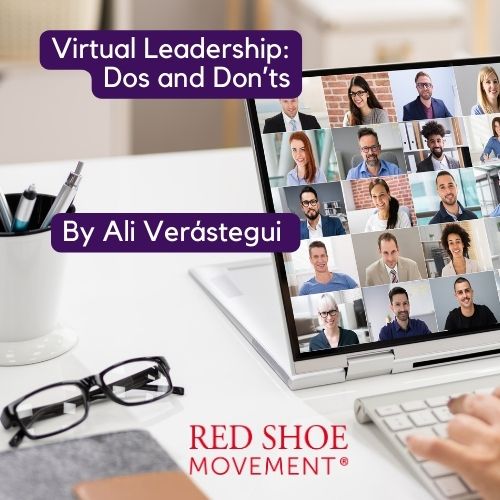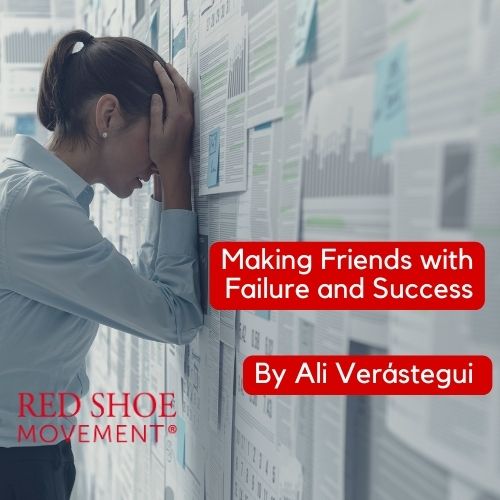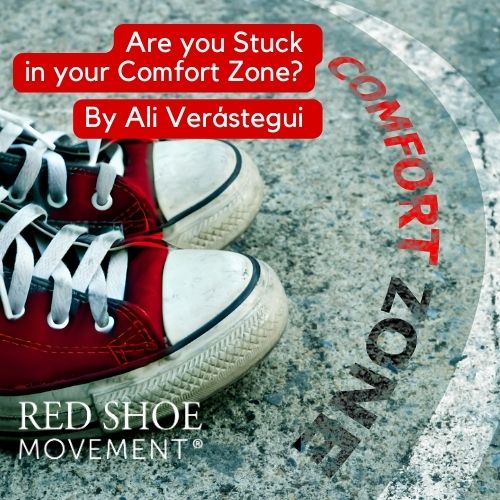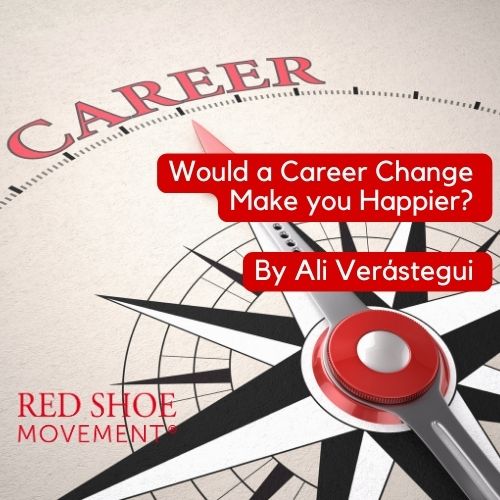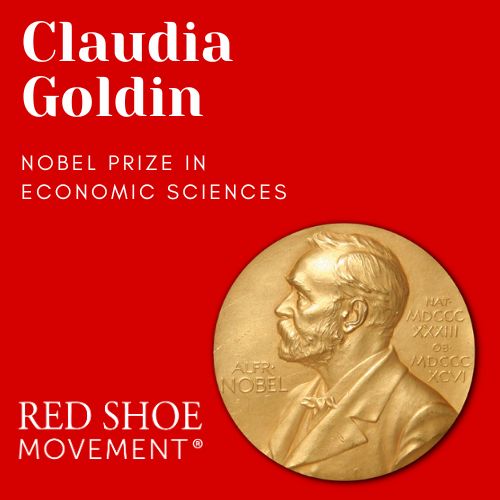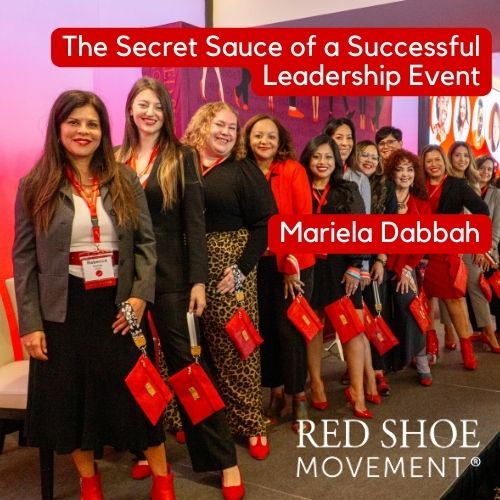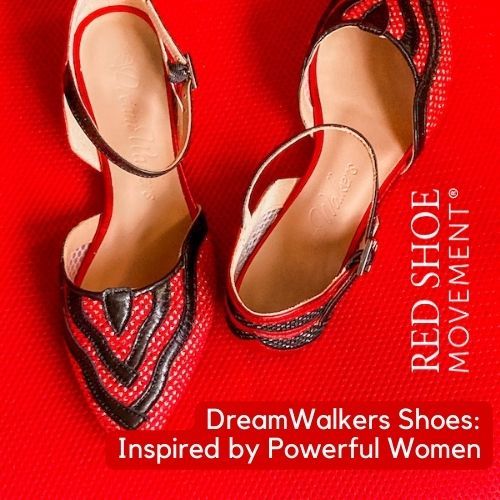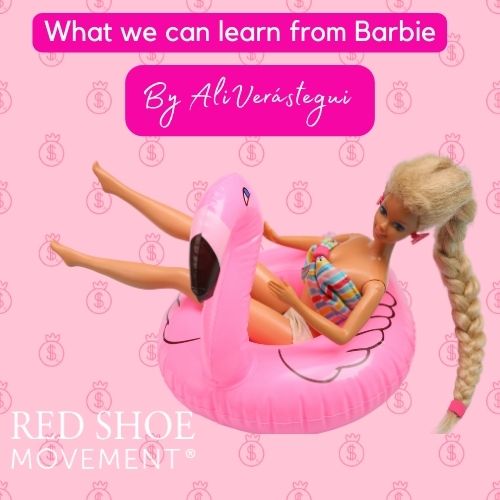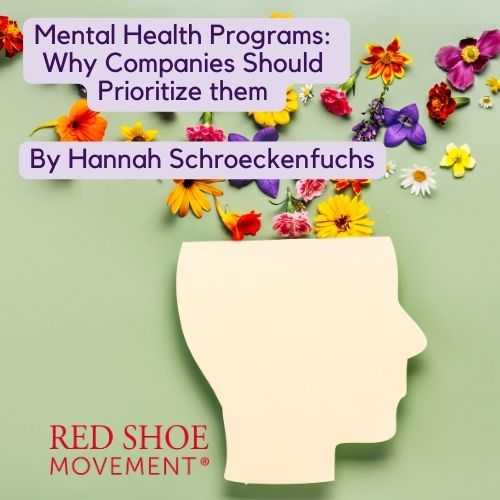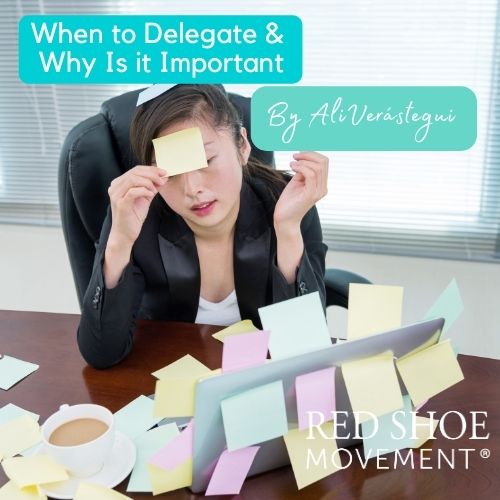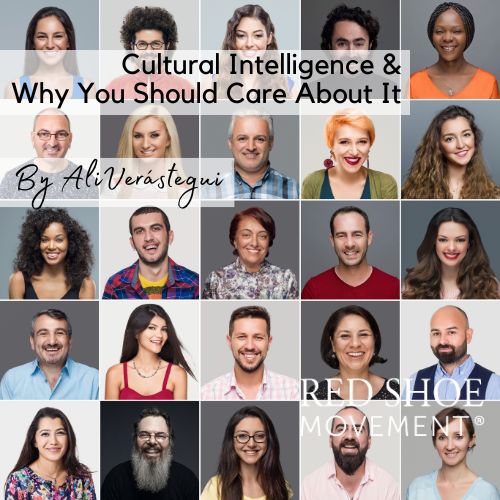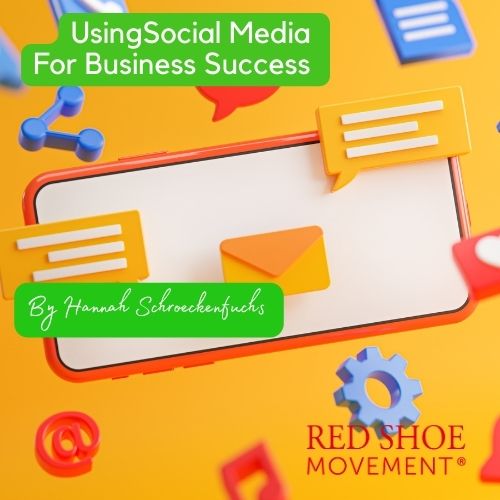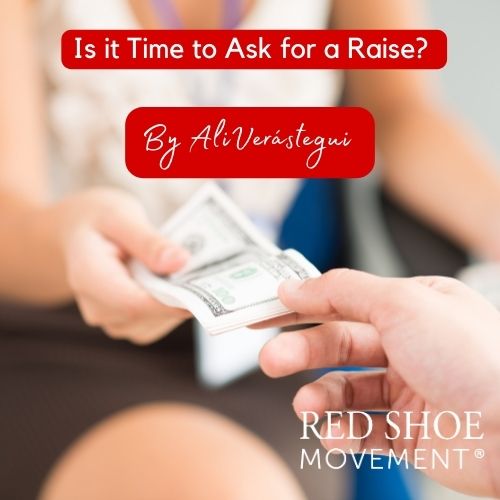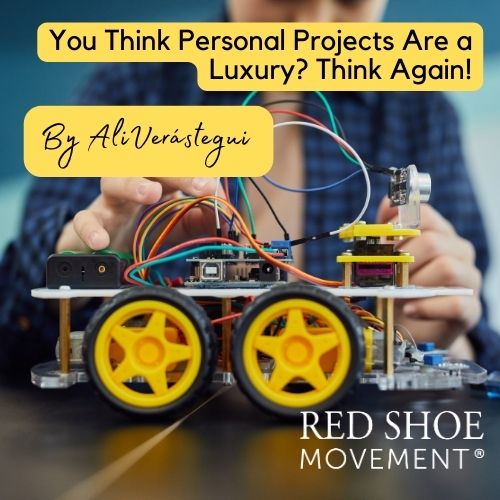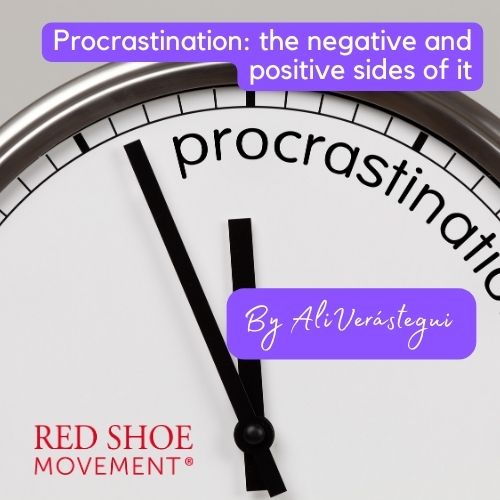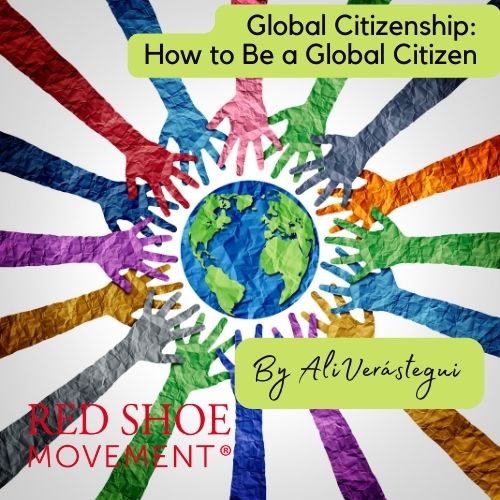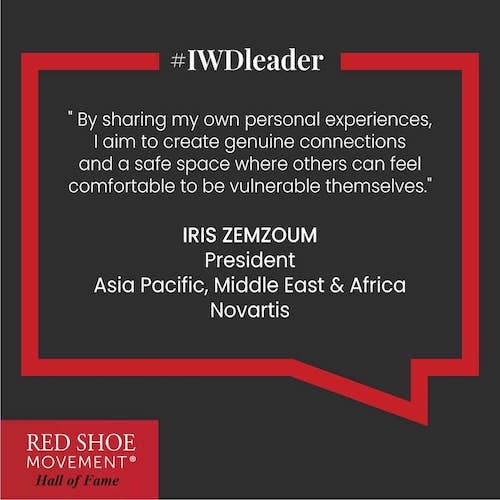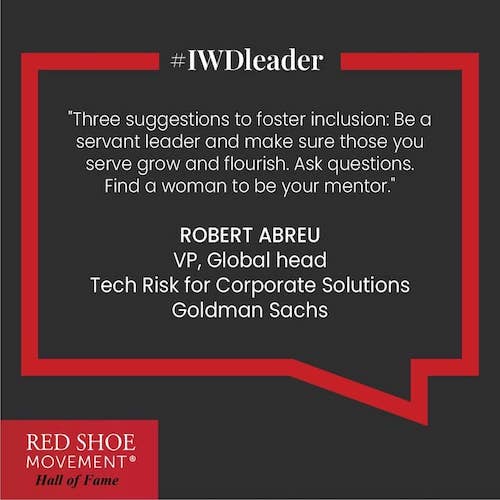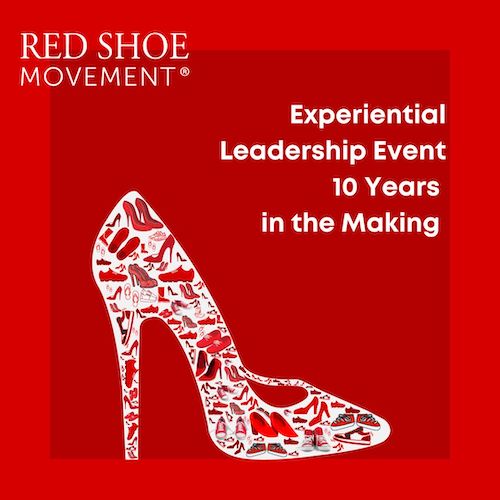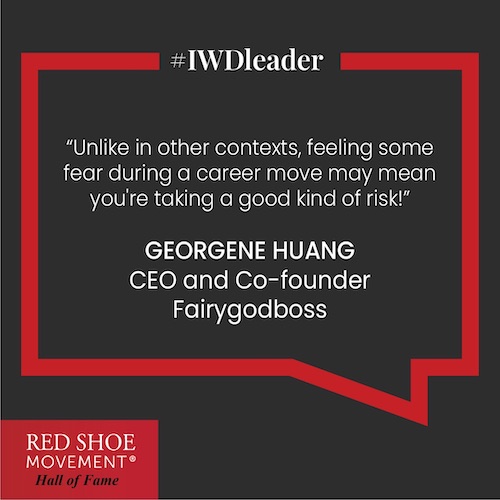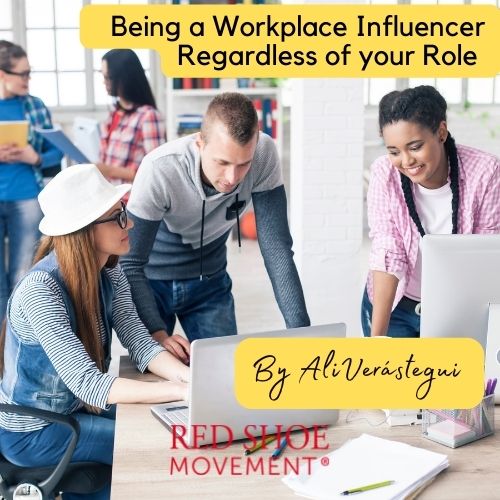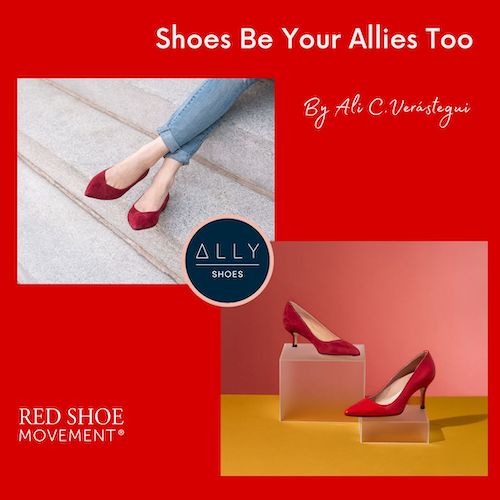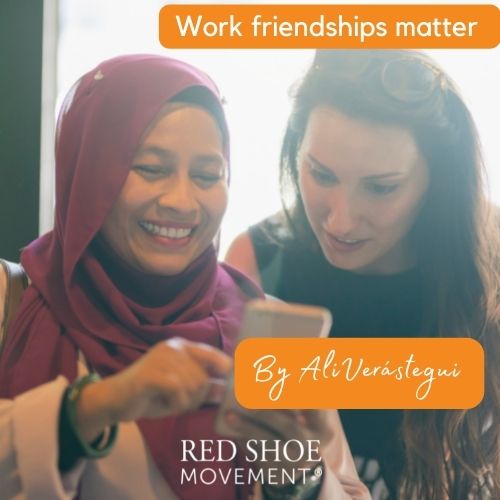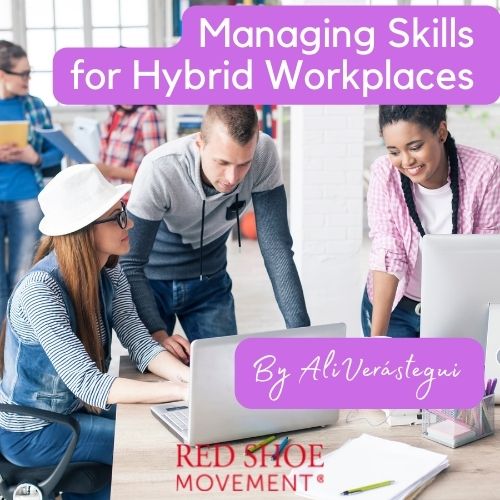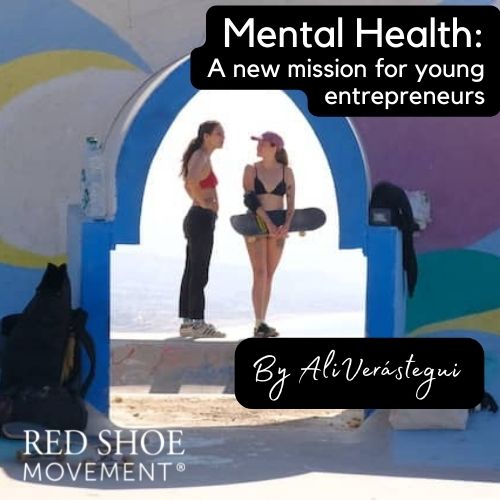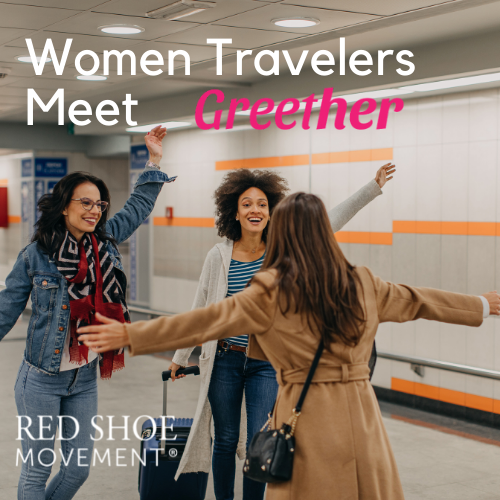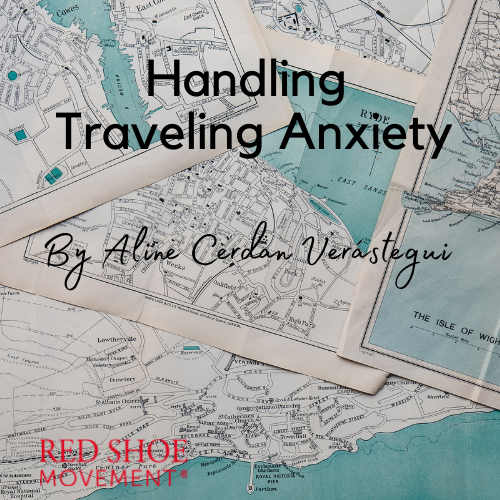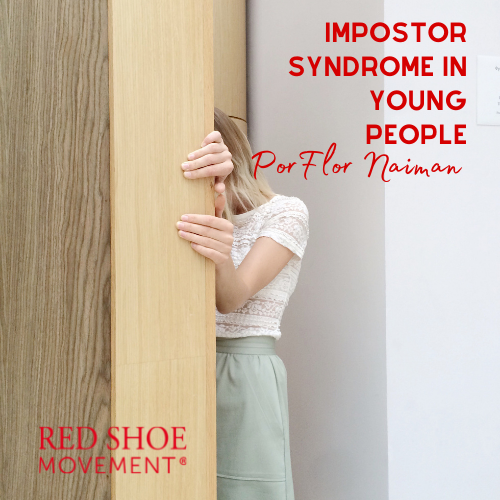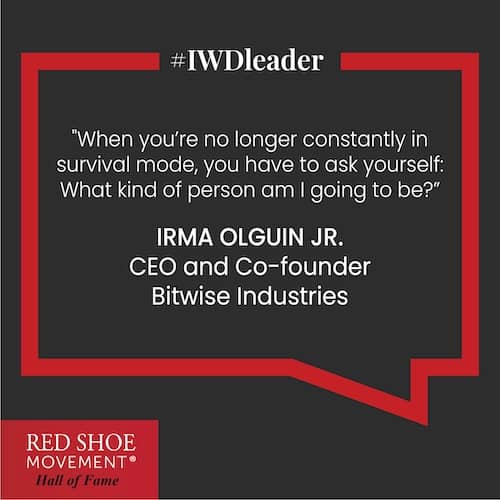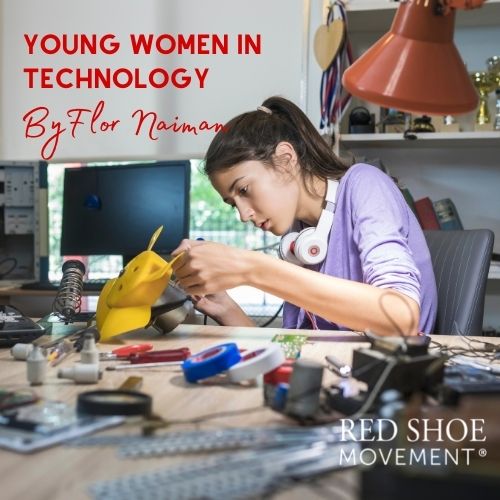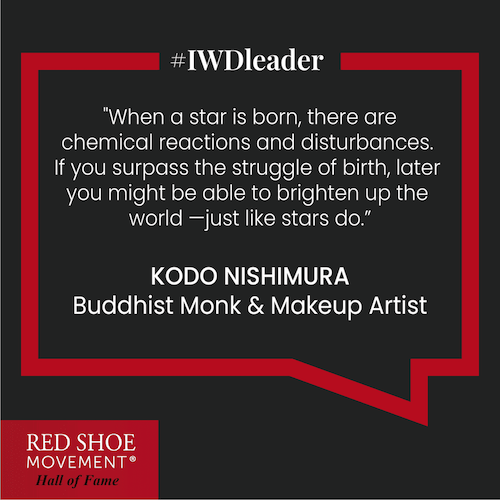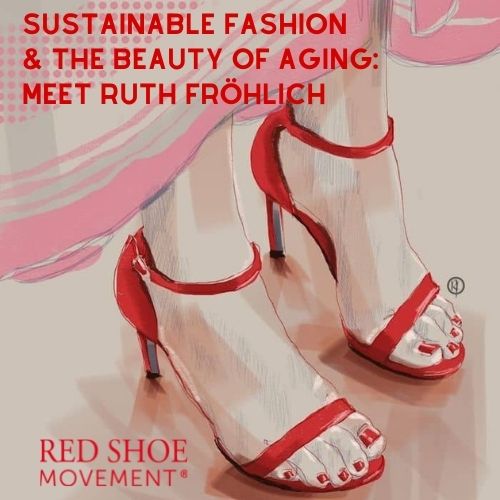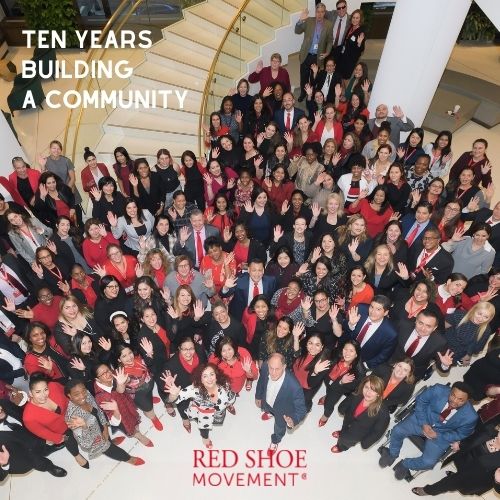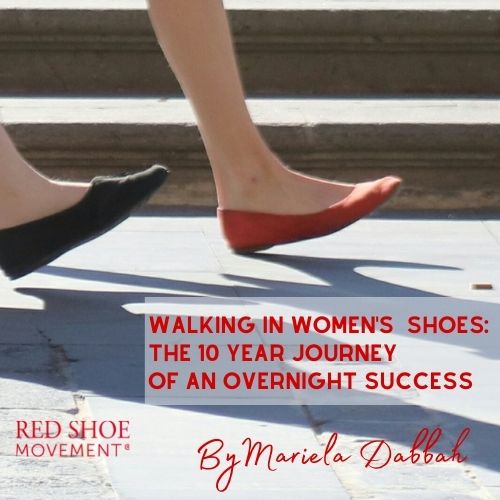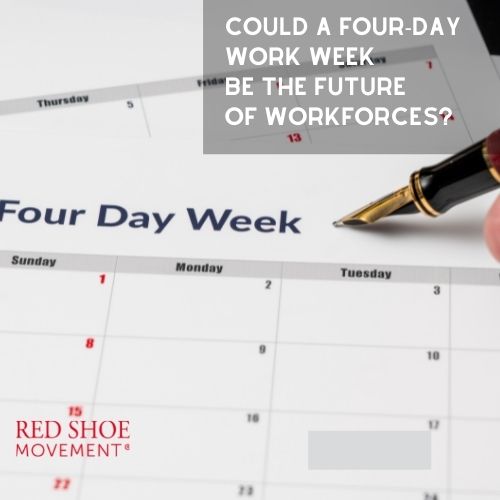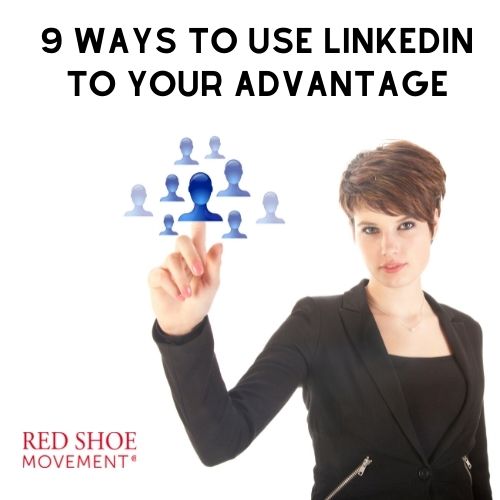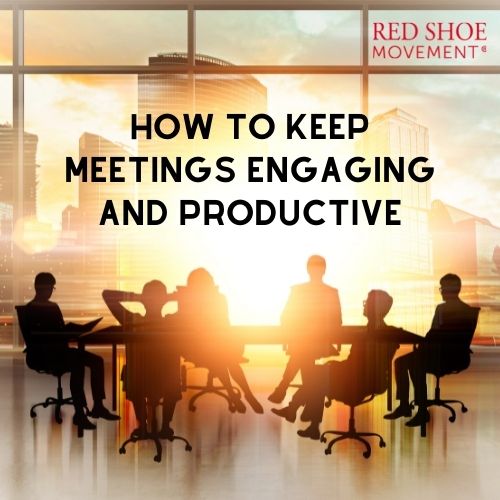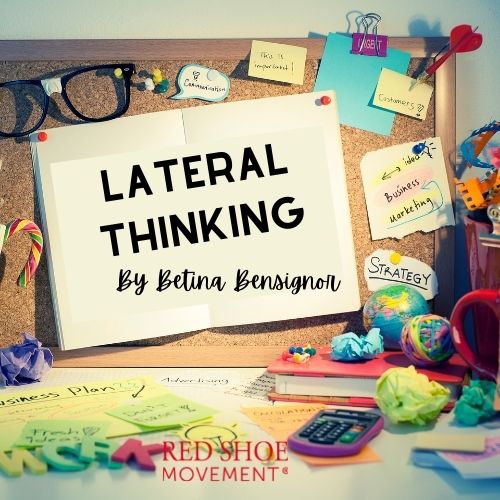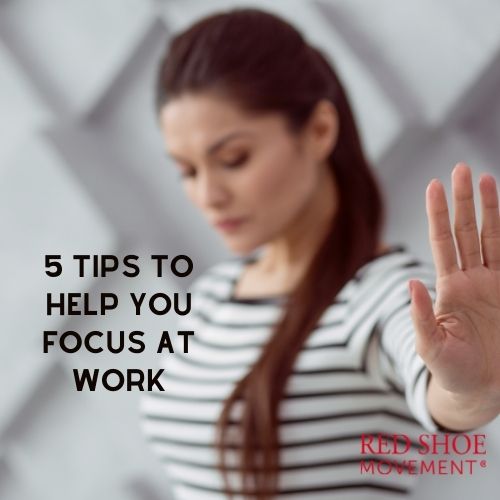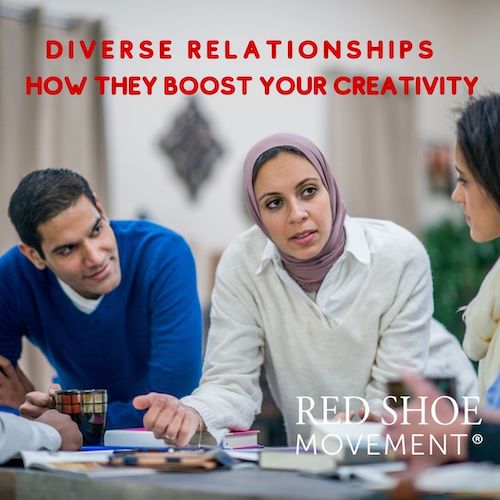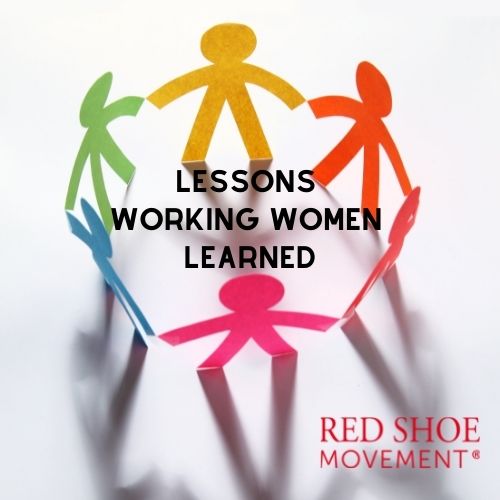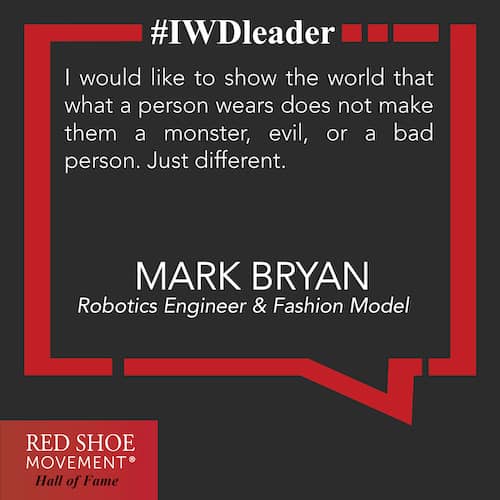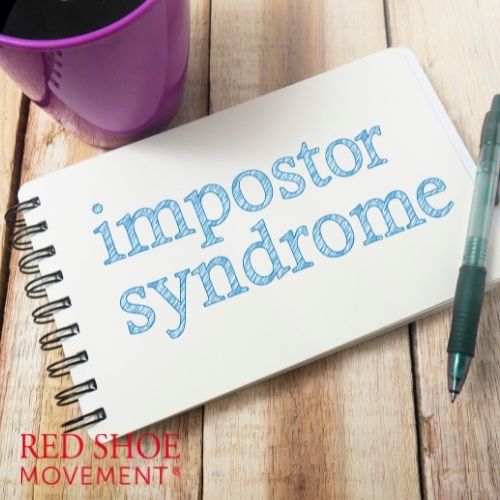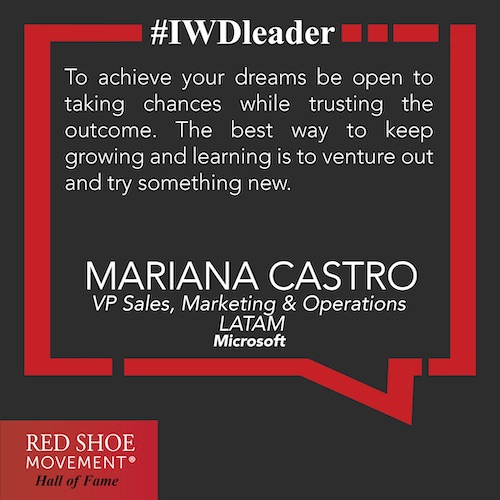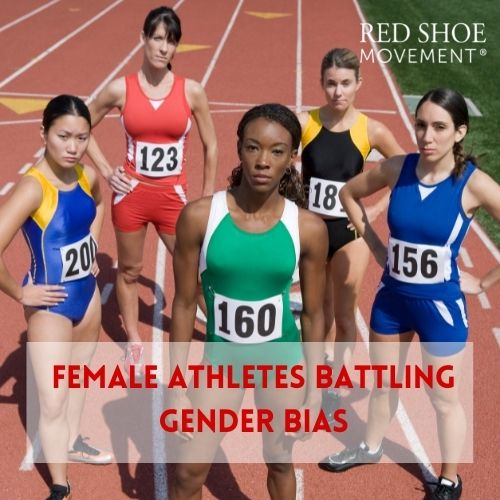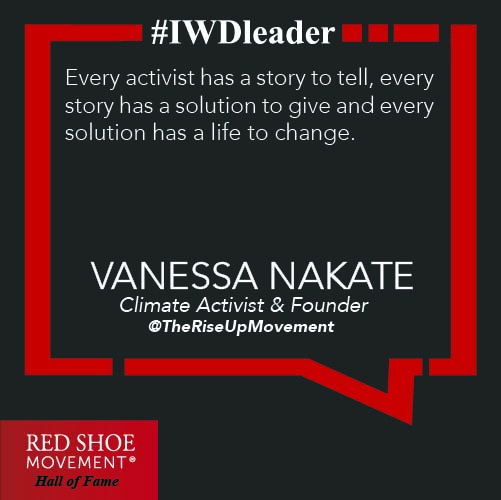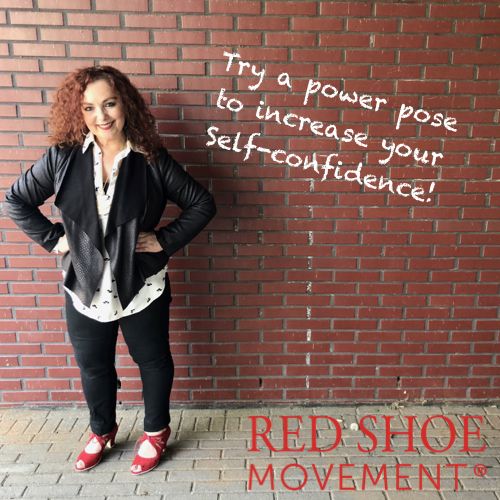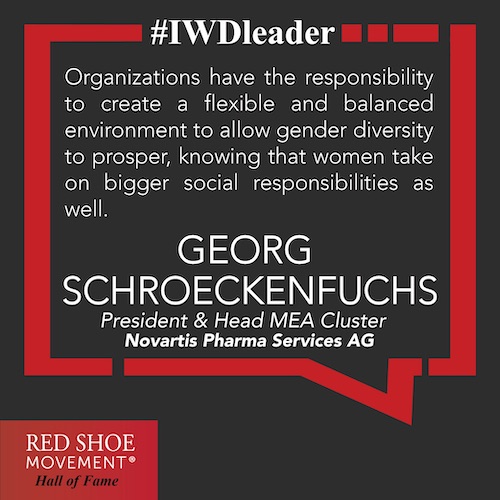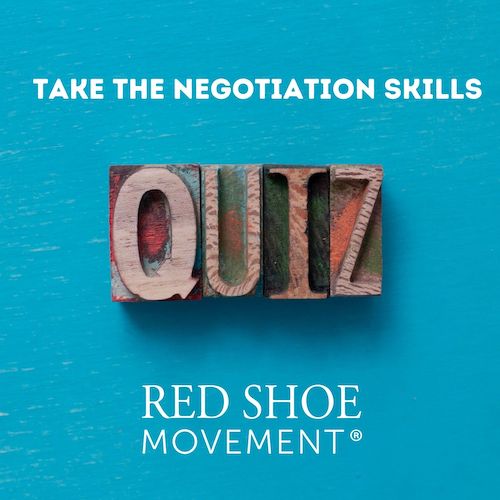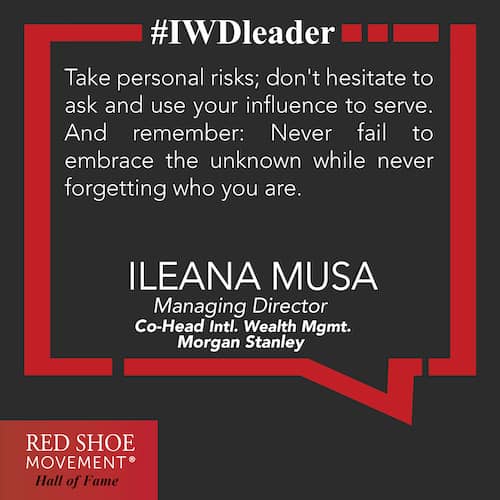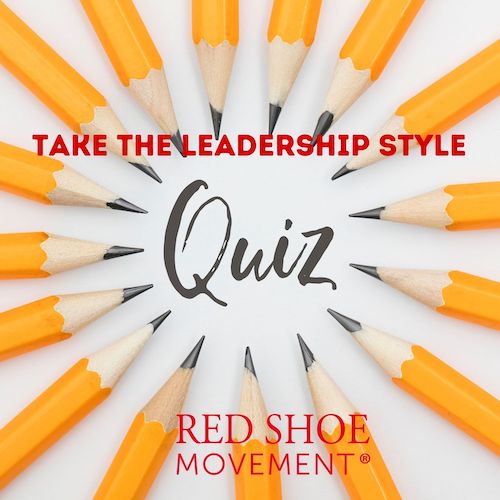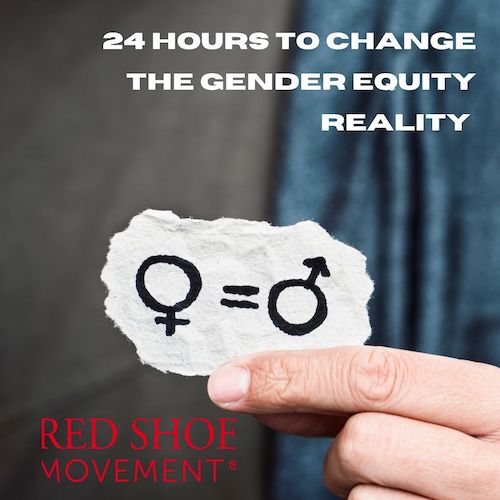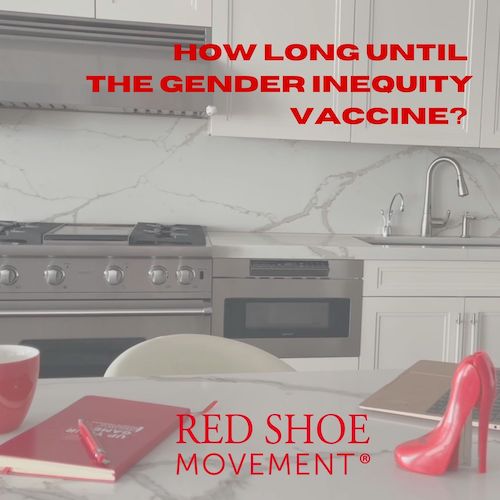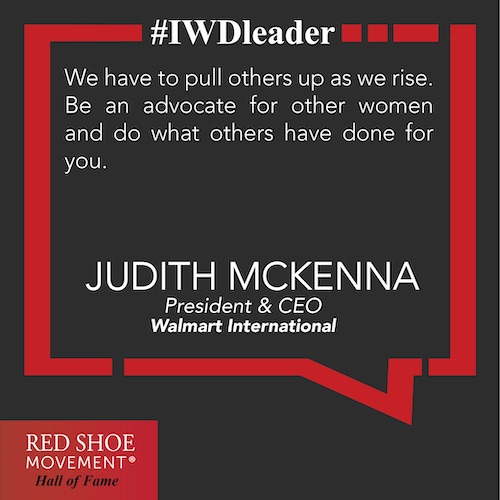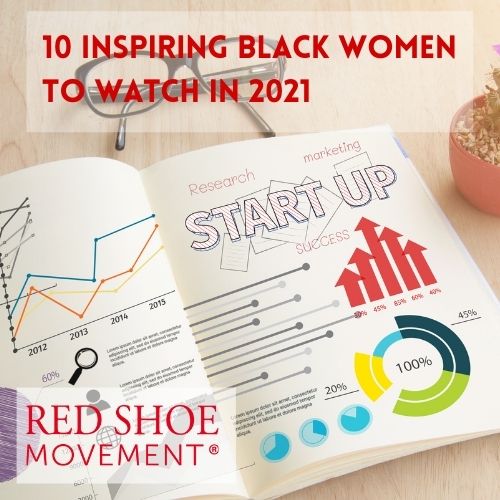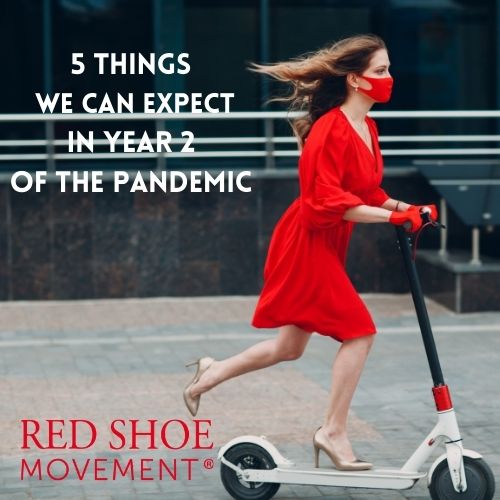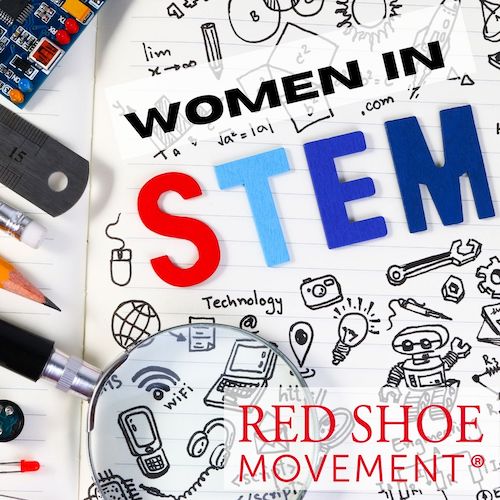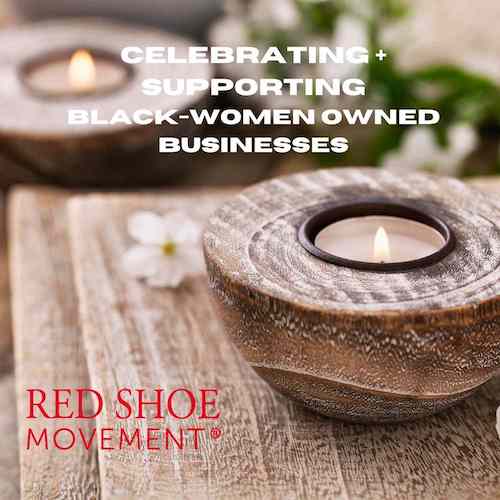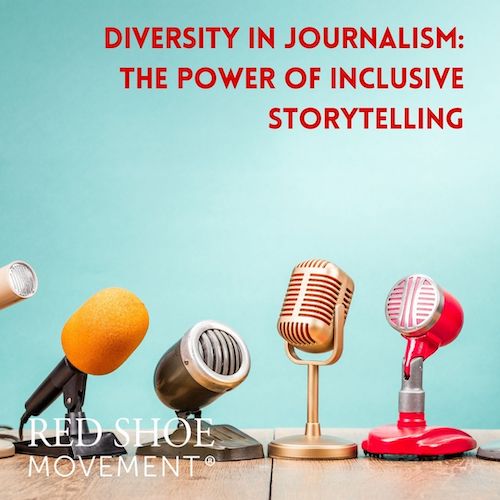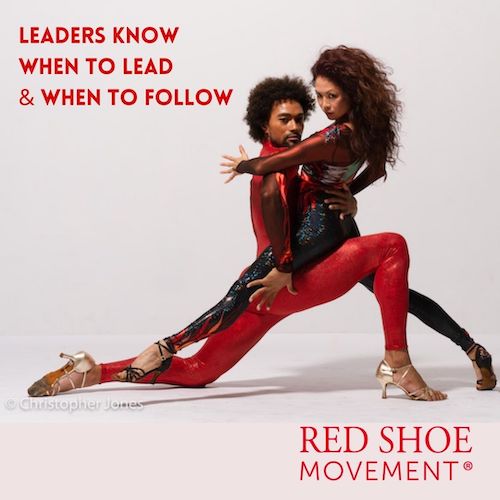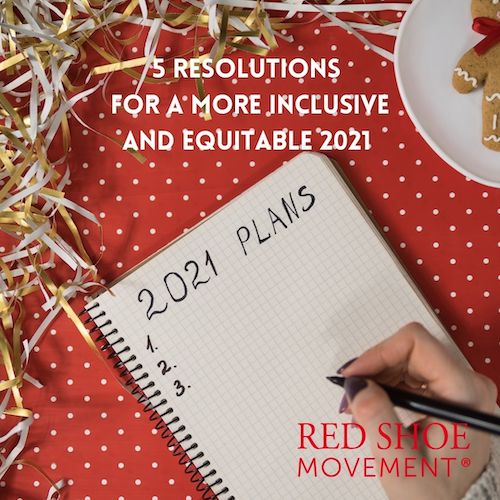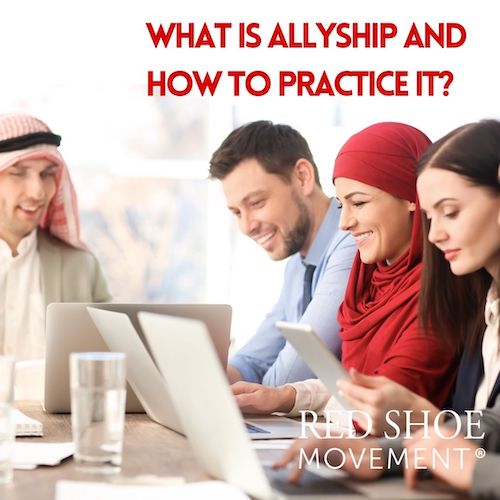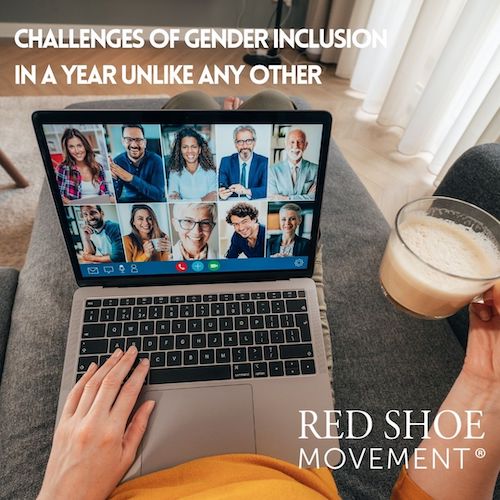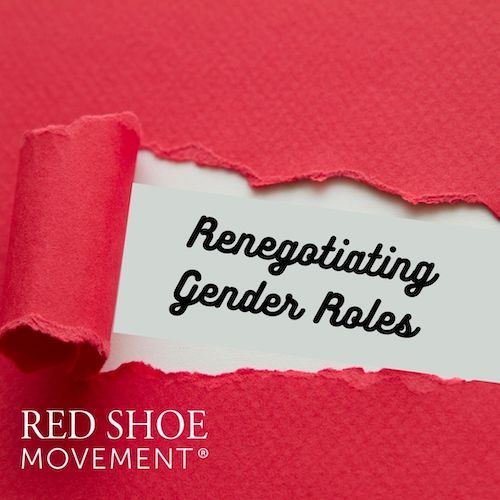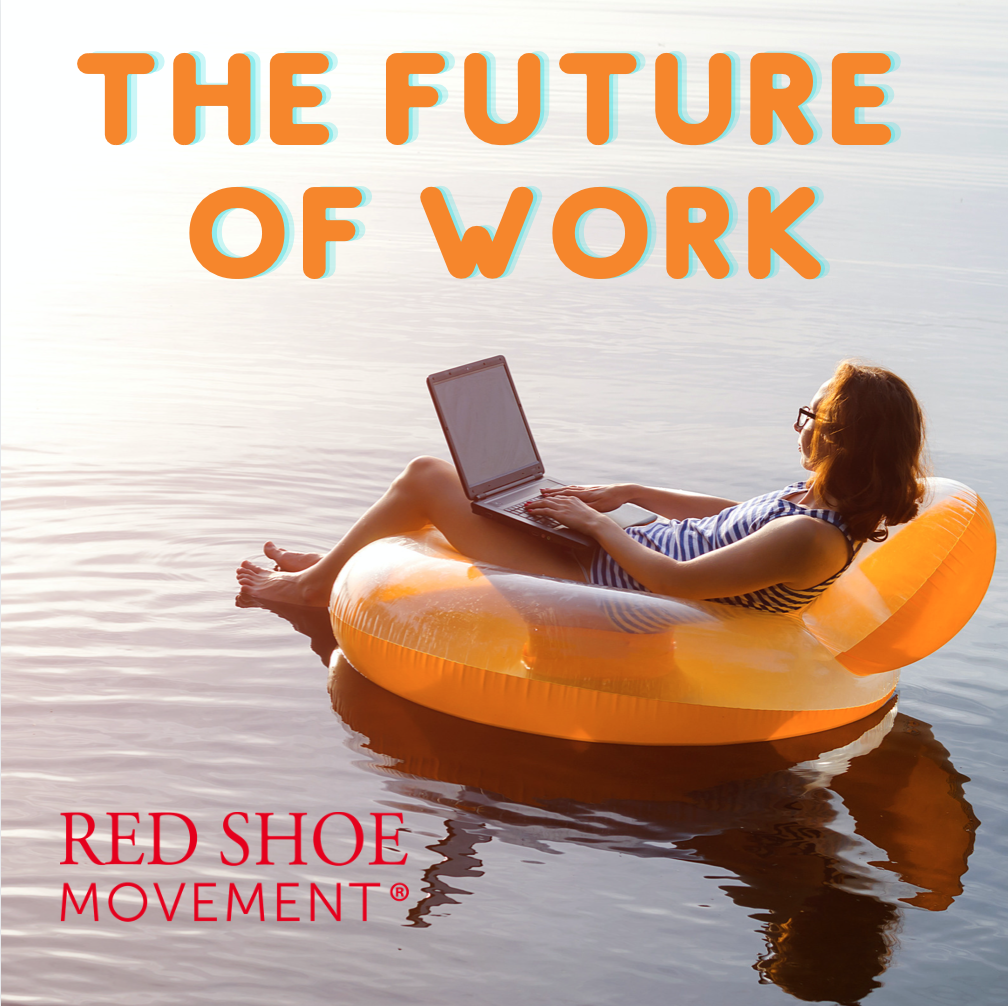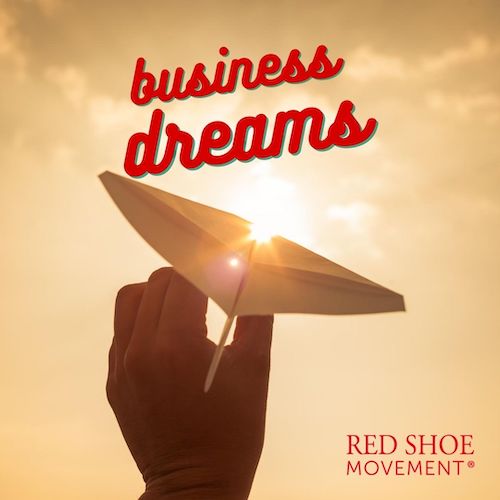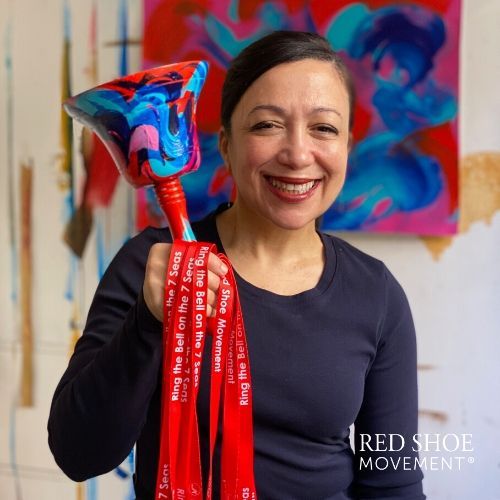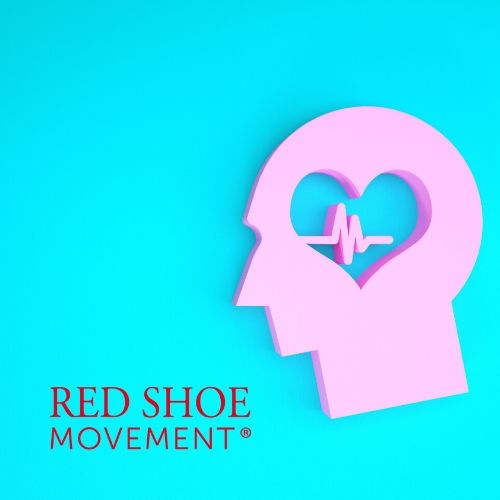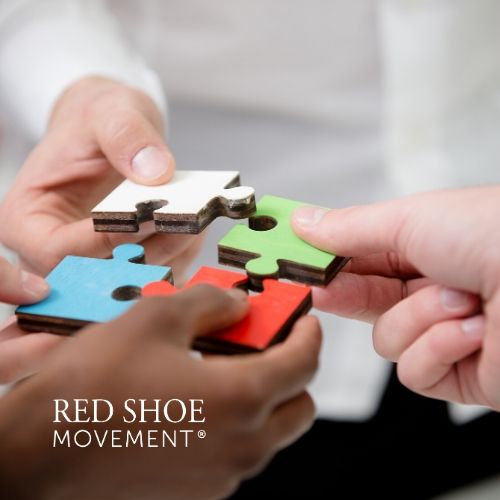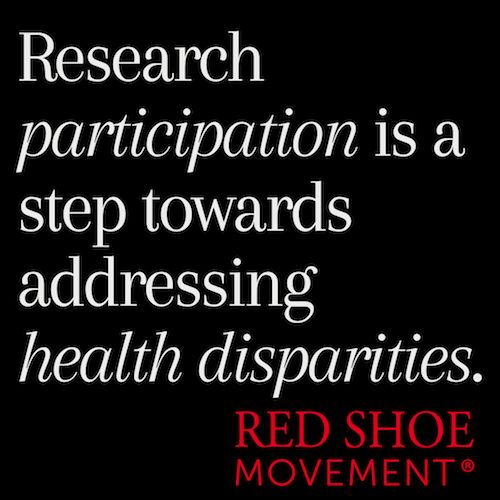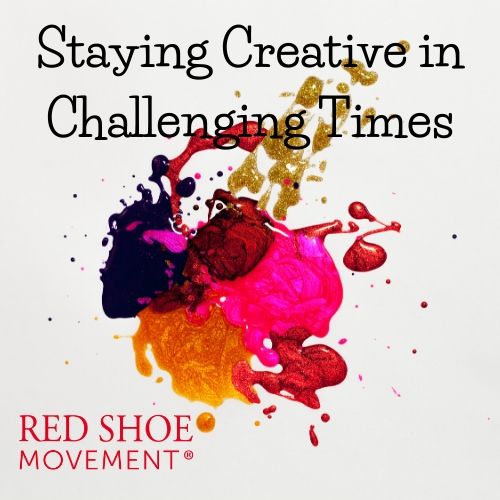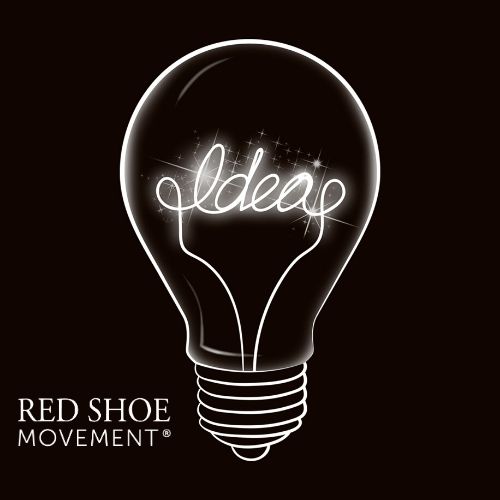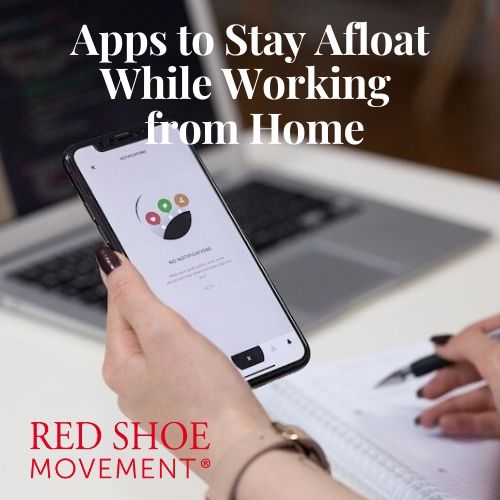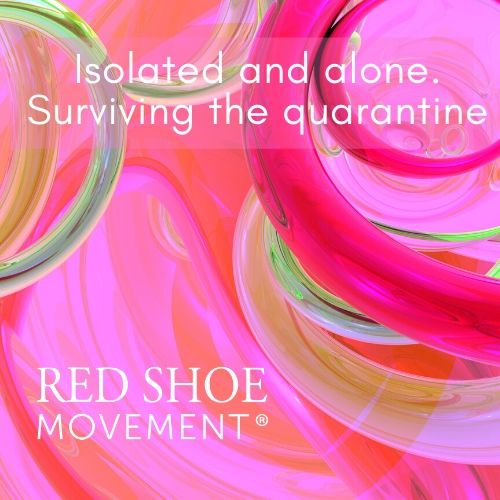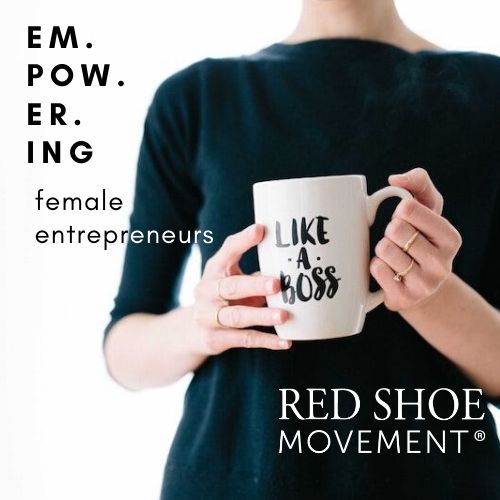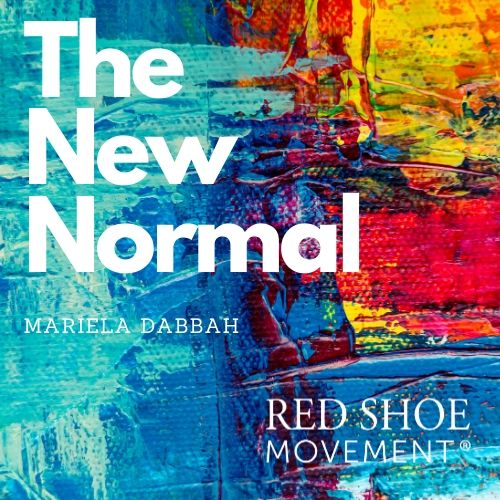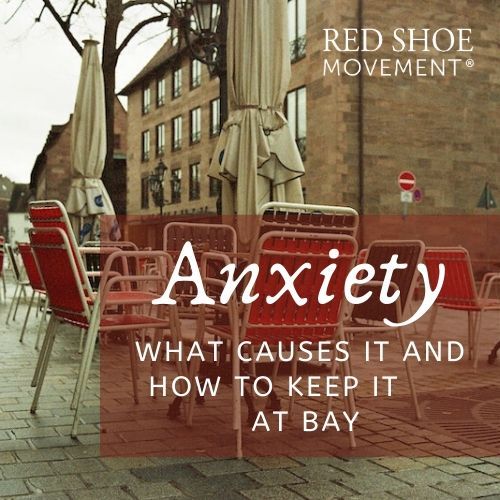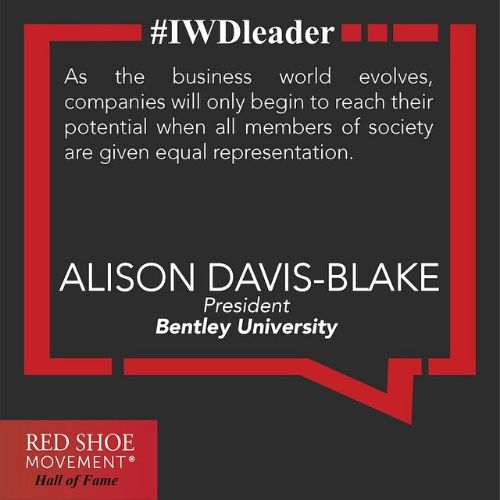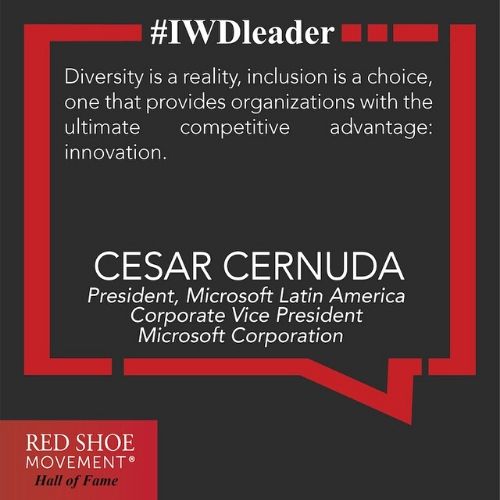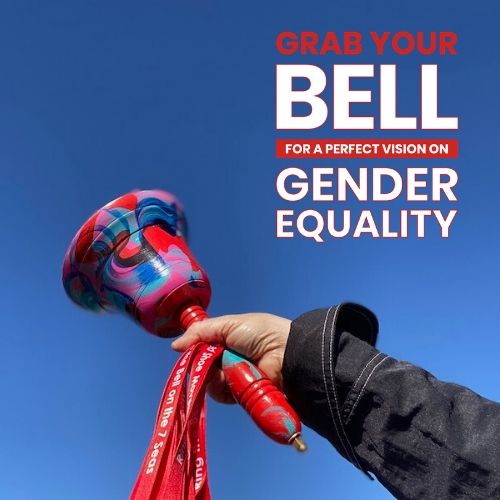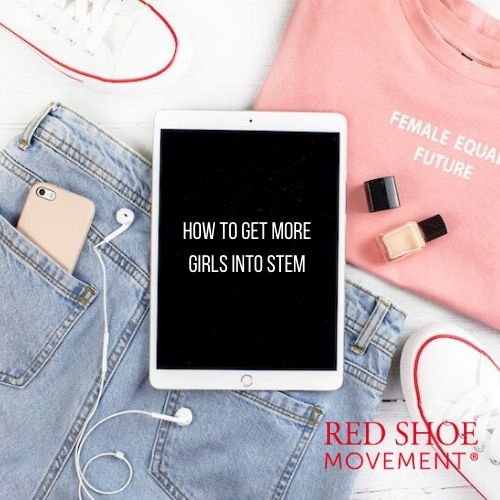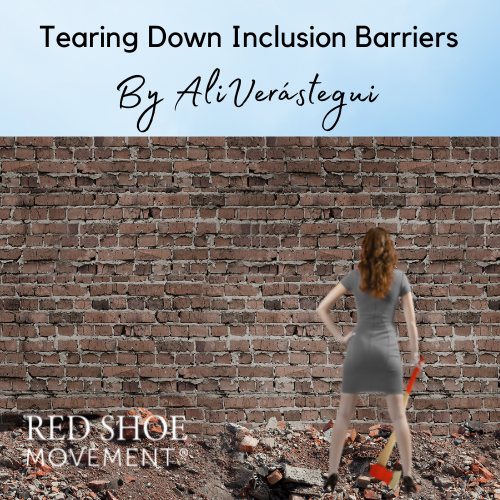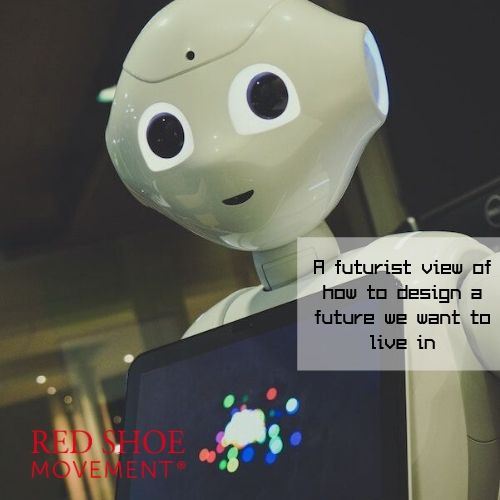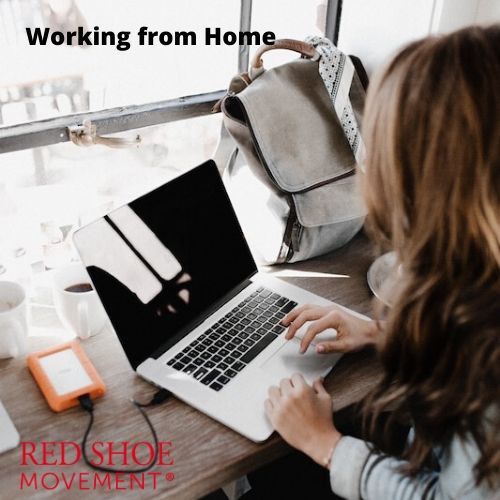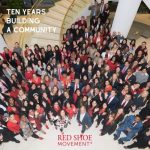You polish your resume. You meet every requirement. But somehow, you never hear back. If this sounds familiar, you might not be imagining things—AI may be silently screening you out.
Artificial intelligence is now a common gatekeeper in hiring. From resume parsers to video analysis tools and automated assessments, AI systems help companies sift through massive numbers of applications. But here’s the catch: these systems learn from existing data. And that data is often riddled with human bias.
That means AI can replicate—and even amplify—biases like ageism and ableism, disproportionately affecting women, particularly those who are older or living with disabilities.
Age Bias Built Into the Code
Ageism already thrives in the workplace. A 2023 AARP survey found that 64% of workers age 50+ believe they’ve seen or experienced age discrimination at work.
When algorithms are trained on historical hiring data—especially from companies that have traditionally favored younger, male candidates—they learn patterns that reflect that discrimination. Something as small as your graduation year, a decades-old email address, or having “20+ years of experience” can become red flags.
AI systems may then downgrade older applicants without human hiring teams ever seeing their profiles.
Ableism and Tech: The Hidden Barriers
Ableism is also quietly embedded in hiring tools that assume everyone moves, communicates, or thinks the same way.
For example:
- Video interviewing software may score neurodivergent or disabled candidates lower if their eye contact, facial expressions, or body language don’t meet programmed “norms.”
- Game-based assessments measuring “agility” or “response speed” can disadvantage people with mobility impairments or cognitive differences.
- Resume parsers may fail to capture non-traditional work histories, gaps for medical reasons, or experiences listed using assistive devices.
These technologies rarely account for the range of human experience, and few companies audit their AI for disability inclusion.
Using AI to your Advantage
Intersectionality in Action
If you’re a woman over 40 navigating a job search with a disability—or simply with a non-linear career—you may find yourself at the intersection of multiple biases. AI systems, unfortunately, aren’t sophisticated enough (yet) to understand context or nuance.
For women of color, LGBTQ+ women, or immigrants, these issues are further compounded by systemic inequities built into the data sets AI pulls from. You’re not paranoid—these patterns are real.
How Can You Protect Yourself?
- Optimize Your Resume for the Machine
Even if you’re highly qualified, a resume not formatted for parsing software may never reach a human.
- Use standard job titles and simple formatting (no tables, graphics, or columns)
- Match your language to keywords in the job posting
- Include hard skills and certifications in a bulleted list
Avoid abbreviations or jargon the system might misread. Use a clean .docx or .pdf file.
- Minimize Age Signals (When Appropriate)
It’s not about hiding your experience—it’s about controlling how it’s interpreted.
- Remove graduation years unless requested
- Highlight achievements over time rather than listing total years of experience
- Showcase upskilling or recent certifications to show continued growth
- Disclose Disability Strategically
You are not required to disclose a disability on an application. But if you use assistive technologies or need accommodations during an assessment or interview, consider disclosing after you’ve passed the AI screening.
- Ask Questions About the Hiring Process
If you reach an interview, ask how AI is used in screening and whether the company audits its systems for bias. Questions like:
- “Does your company assess your hiring AI for fairness across age and ability?”
- “Can accommodations be made for your assessment tools?”
These questions demonstrate self-advocacy and may help others as well.
- Use Human-Centric Platforms
Referrals still beat algorithms. According to Jobvite, 88% of employers say referrals are the #1 source of high-quality hires.
- Activate your network before applying cold
- Attend industry events and use LinkedIn intentionally
- Mention a shared contact in your cover letter or email
A human champion can help you bypass biased software altogether.
Keep in Mind
Bias in AI isn’t a future problem—it’s already here. But so is your power to navigate it. By understanding how these systems work—and where they fall short—you can position yourself more strategically and push for greater transparency.
As AI adoption in HR continues, the voices of professional women demanding fairness and inclusion are more critical than ever. You’re not just applying for jobs—you’re paving the way for systems that recognize and reward the full spectrum of talent.
And if you’re ready to build your power skills and your self- confidence, join our Step Up Women year-long leadership program today.
